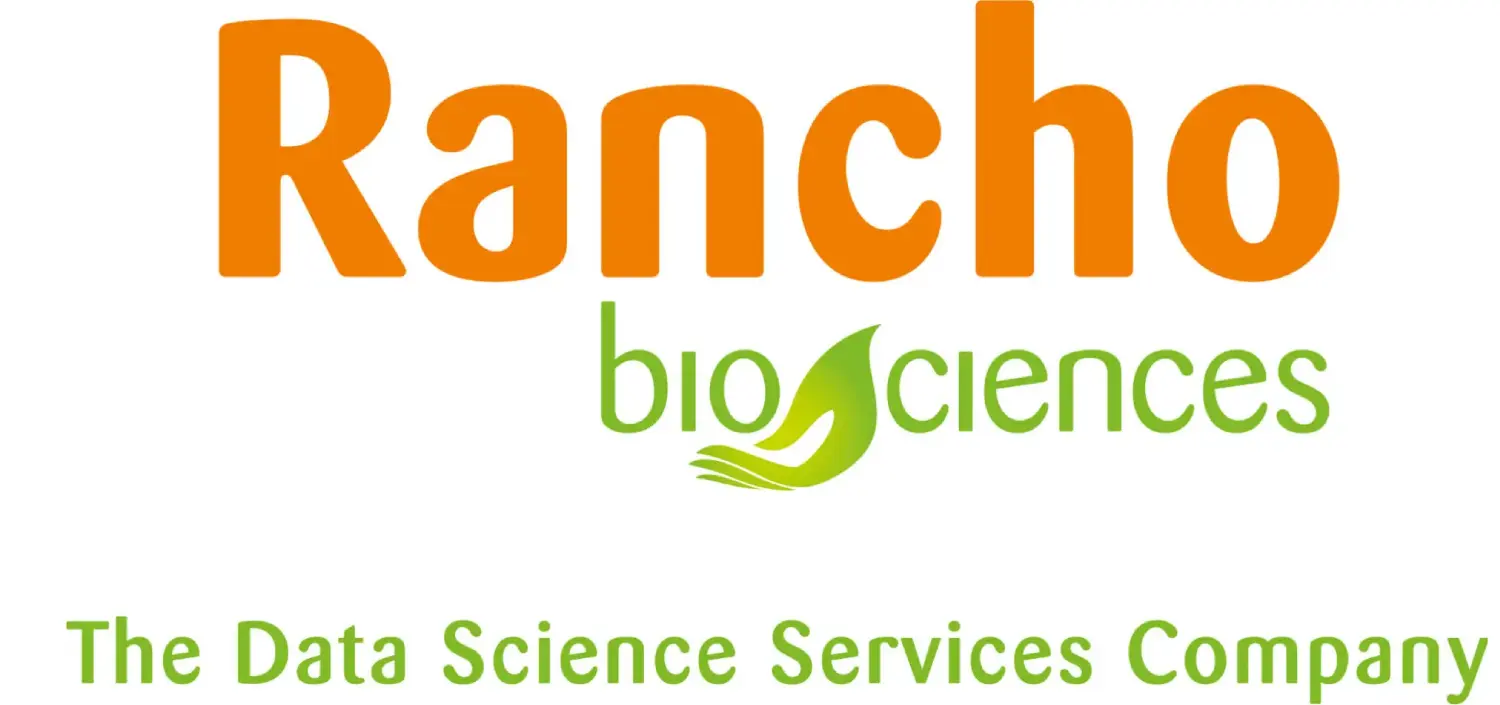Data Mining vs. Knowledge Mining: Unraveling the Key Distinctions
In a world where data is abundant, extracting meaningful insights remains a challenge without the right tools and approaches. Data mining and knowledge mining are techniques often used interchangeably but are in fact distinct and complementary. Understanding when and to use them promises to unlock unprecedented opportunities for growth, innovation, and efficiency. We’ll discuss the difference between them, some common applications, and things to consider before starting out.
Data Mining vs Knowledge Mining
Data mining and knowledge mining aren’t competing approaches but complementary ones. By appreciating the differences between these two processes, organizations can not only understand the present landscape but also shape the future.
Data mining is the process of discovering patterns, correlations, and anomalies within large data sets to predict outcomes. By using a combination of statistical analysis, machine learning algorithms, and database management systems, data mining extracts valuable information from raw data. This process is instrumental in various industries, including life sciences and healthcare.
Key Components of Data Mining
- Data selection – Identifying the relevant data necessary for analysis, such as scRNA-seq analysis
- Data curation – Removing inconsistencies, duplicates, and errors from the data set to ensure accuracy and reliability
- Data transformation – Converting data into an appropriate format or structure for mining
- Data integration – Combining data from multiple sources into a cohesive dataset
- Data mining – Employing algorithms to identify patterns and relationships
- Pattern validation – Validating the identify patterns on additional datasets to ensure they’re valid and useful
- Knowledge representation – Presenting the discovered knowledge in an understandable and actionable form
Understanding Knowledge Mining
Knowledge mining, on the other hand, goes beyond data mining. While data mining can be seen as the “what” of the data, knowledge mining is the “why” behind it. It involves not only extracting information from data but also synthesizing and contextualizing this information to generate actionable insights and knowledge. This process often incorporates elements of artificial intelligence, natural language processing, and semantic technologies to create a deeper understanding of the data. Knowledge mining could start with results produced by data mining.
Key Components of Knowledge Mining
- Data acquisition – Gathering data from various structured and unstructured sources
- Data processing – Cleaning and preparing data for analysis
- Text and semantic analysis – Utilizing natural language processing to understand and analyze text data
- Machine learning and AI – Applying advanced algorithms to learn from data and improve over time
- Knowledge synthesis – Integrating data from different domains to form comprehensive knowledge
- Contextualization – Adding context to the extracted information to make it meaningful and applicable
- Knowledge representation – Displaying the synthesized knowledge in formats that facilitate decision-making, such as dashboards, reports, or visualizations
Differences between Data Mining & Knowledge Mining
Scope & objectives
- Data mining – Focuses primarily on finding patterns and correlations within data sets. Its main objective is to extract valuable information that can be used for predictive analysis.
- Knowledge mining – Goes beyond mere information extraction by creating a comprehensive understanding and actionable knowledge. It seeks to provide context and relevance to the data, enabling more informed decision-making.
Techniques & tools
- Data mining – Utilizes statistical models, machine learning algorithms, and database management tools. Techniques such as clustering, classification, regression, and association rule learning are commonly employed.
- Knowledge mining – Incorporates advanced GenAI and machine learning techniques along with natural language processing (NLP) and semantic technologies. It often uses ontologies, knowledge graphs, and cognitive computing to achieve its goals.
Outcomes & applications
- Data mining – Produces patterns, trends, and predictions that can be used for business intelligence, customer segmentation, fraud detection, and market analysis.
- Knowledge mining – Delivers deeper insights, strategic intelligence, and comprehensive knowledge that can drive innovation, enhance decision-making, and create competitive advantages.
Practical Applications
Data mining
- Healthcare – Predicting and tracking the spread of infectious diseases, aiding in public health planning and response by analyzing patient records. Analyzing patient data to identify the most effective treatments for specific conditions, improving patient outcomes and reducing healthcare costs.
- Life sciences – By mining genetic data, researchers can identify genetic variants associated with specific diseases, helping in the development of personalized medicine.
Knowledge mining
- Healthcare – Knowledge mining techniques can analyze patient data to identify risk factors for diseases and predict outbreaks. This allows for early intervention and preventive measures.
- Life sciences – By integrating genomic data with clinical information scientists can develop personalized treatment plans for patients based on their genetic profiles. This can lead to more effective treatments with fewer side effects.
Challenges & Considerations
Despite their potential, there are ethical implications and technical hurdles to consider in both approaches.
Ethical implications
- Privacy concerns – Handling sensitive data with care
- Bias in data – Ensuring algorithms are fair and unbiased
Technical hurdles
- Data quality – Requires high-quality, curated data
- Complexity of analysis – Needs advanced tools and expertise
By appreciating the differences between techniques and leveraging both, organizations can not only understand the present but also shape the future.
As we navigate the intricate landscapes of life sciences, knowledge mining at Rancho BioSciences emerges as a transformative force. Our team’s unparalleled knowledge mining abilities extend beyond data extraction to encompass the transformation of raw information into actionable insights, propelling advancements in genomics, clinical data, and other critical areas. Embracing these objectives positions Rancho BioSciences at the forefront of life sciences research, equipped with the insights needed to accelerate discoveries, foster innovation, and make lasting contributions to the field.
To learn more about our vast array of services, from knowledge mining to bioinformatics services, call us today.
